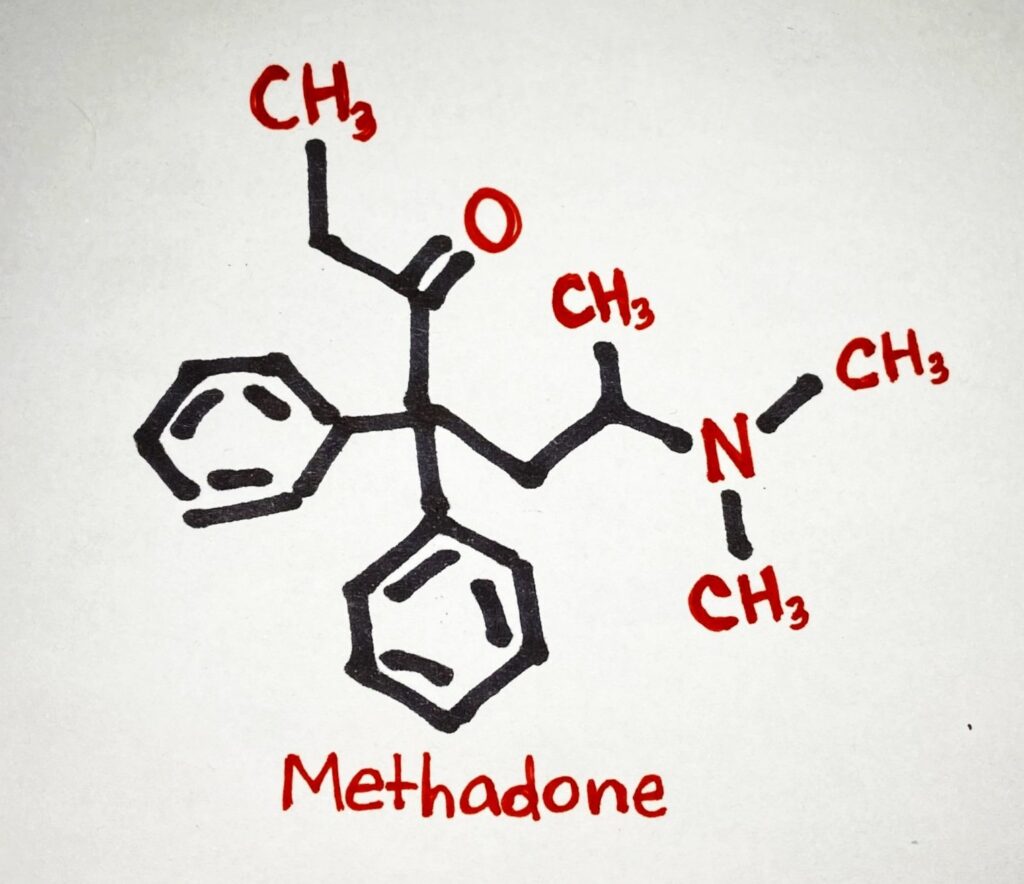R Sheet on Deep Fakes
March 5, 2019 Key Points
Deep fakes are a class of AI-generated audiovisual material designed to appear realistic.
Because of how closely they mimic reality and the ease with which a bad actor can utilize the technology, some have begun to worry about the harms that the technology can do to society.
However, deep fakes are merely the most recent in a long line of deceptive technologies.
Regulators should not use the fear of deep fakes as an independent justification for regulating the more general problem of disinformation.
The term “deep fake” refers to AI-generated audiovisual media that can convincingly resemble authentic content.
Image credit: meyer_solutions









